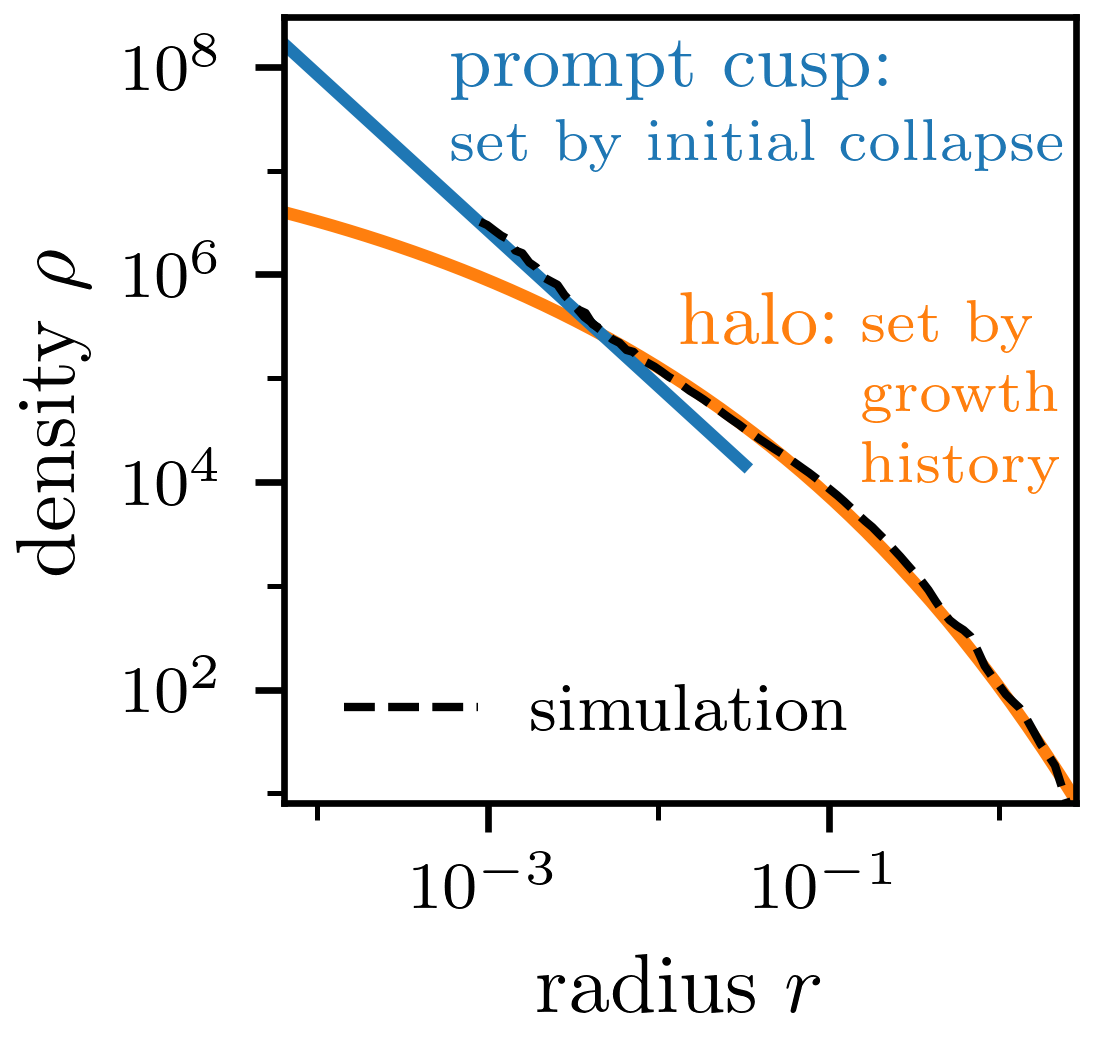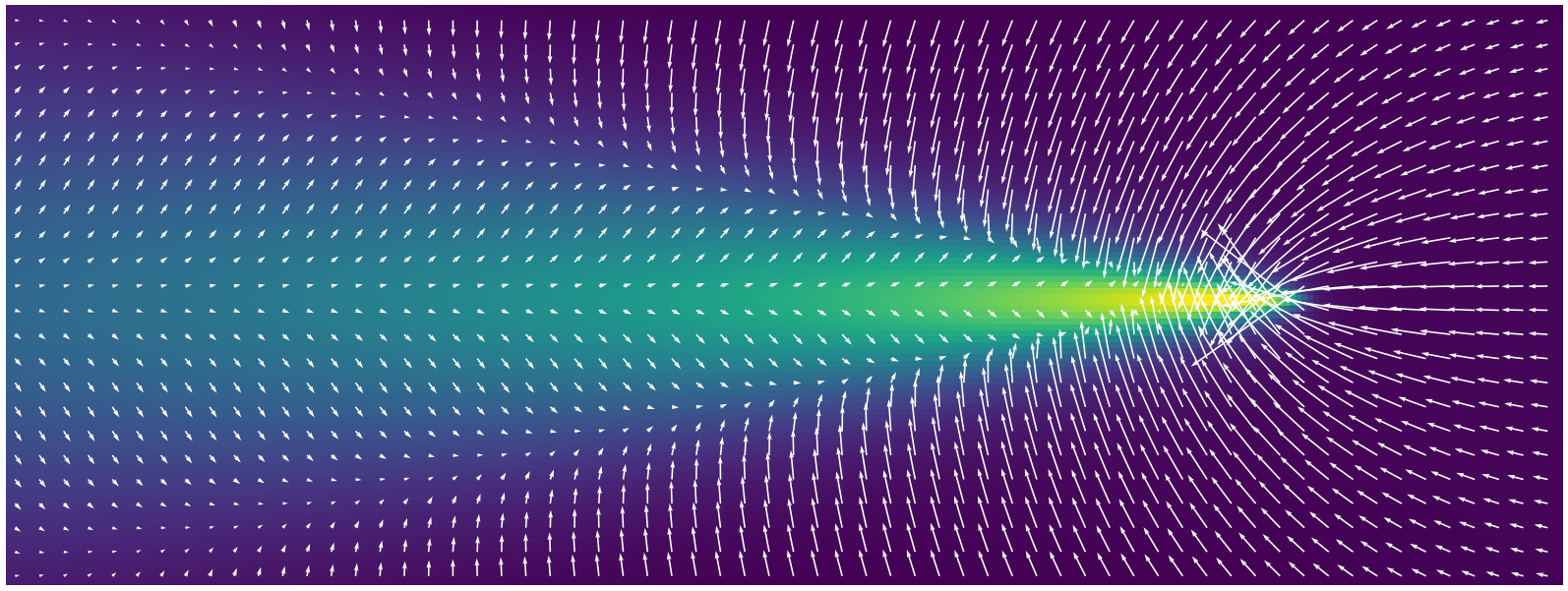Sitemap
A list of all the posts and pages found on the site. For you robots out there is an XML version available for digesting as well.
Pages
Posts
publications
Predicting the density profiles of the first halos
Published in Phys. Rev. D, 2019
This work first established that peaks in the initial density field collapse to form prompt \(\rho\propto r^{-1.5}\) density cusps and that the properties of the peaks directly determine the properties of the cusps.
Inner cusps of the first dark matter haloes: Formation and survival in a cosmological context
Published in MNRAS, 2023
In this work, I showed that prompt cusps persist mostly unaltered at the centers of dark matter halos, thereby establishing their importance to cosmology.
Prompt cusps and the dark matter annihilation signal
Published in JCAP, 2023
In this work, I showed that a significant fraction of the initial peaks form prompt cusps that survive up to the present day, and I found that if the dark matter annihilates, these prompt cusps dominate the overall annihilation rate by about an order of magnitude.
Accurate halo mass functions from the simplest excursion set theory
Published in MNRAS, 2024
The excursion set formalism is widely used to model the distribution of dark matter halos, but normally in an approximate form. Here I presented an excursion set formalism without approximations and showed both that the resulting halo distributions are more accurate and that this obviates another widely used extension to the formalism, ellipsoidal collapse.
research
Prompt cusps: the dark first structures
The first structures of particle dark matter gravitationally condense out of the smooth mass distribution of the early universe. This special formation mode makes the resulting prompt cusps uniquely compact and links their properties tightly with the initial conditions. A prompt cusp lies at the center of every dark matter halo, but the properties of the cusp and the properties of the halo are set very differently, as shown in this diagram:

Collisional dynamics of macroscopic dark matter
The dark matter could be primordial black holes. In this case, cosmic structure formation is deeply influenced by the gravitational dynamics between individual black holes. This movie illustrates the complexity of these dynamics:
Gravitational detection of dark systems
Dark matter systems much smaller than galaxies are devoid of stars and gas, so they are difficult to see. However, their gravitational influence alone can perturb visible systems, such as the motions of stars. This picture shows the excess density (color) and average velocity (arrows) of a system of stars due to the gravity of a passing dark matter system:

Probing the early universe using small-scale structure
The first gravitationally bound objects in the Universe were small, potentially Solar System–scale dark matter systems. These objects are broadly expected to survive today, and their potentially observable characteristics represent a probe of the primordial mass distribution at otherwise inaccessibly small scales. Consequently, they represent a unique probe of the late stages of inflation and the early postinflationary period. I use N-body simulations and mathematical modeling to decipher the connection between minihalos today and primordial cosmology.
Halo formation prior to the matter epoch
If initial variations in the density of the universe are sufficiently extreme at small scales, dark matter halos can form prior to the matter-dominated epoch, which began at a time of about 52000 years. I found that while gravitationally bound structures cannot form where radiation dominates, convergent particle drift can cause localized regions to become matter dominated and form bound halos long before radiation globally gives way to matter. These haloes would be around a trillion times more internally dense than the halos that surround galaxies.
Modeling the small-scale structure of the universe
All cosmic structure grew out of initially minor variations in the density of the Universe. This structure manifests visibly as galaxies, but it is dominated by invisible dark matter. Dark matter clusters into gravitationally bound halos that represent the building blocks of structure. The problem of predicting a halo population from the precursor mass distribution is a longstanding one, but I am developing new ways to approach this problem. My approach begins with the first halos, following their evolution as they cluster to produce later generations of halos.
